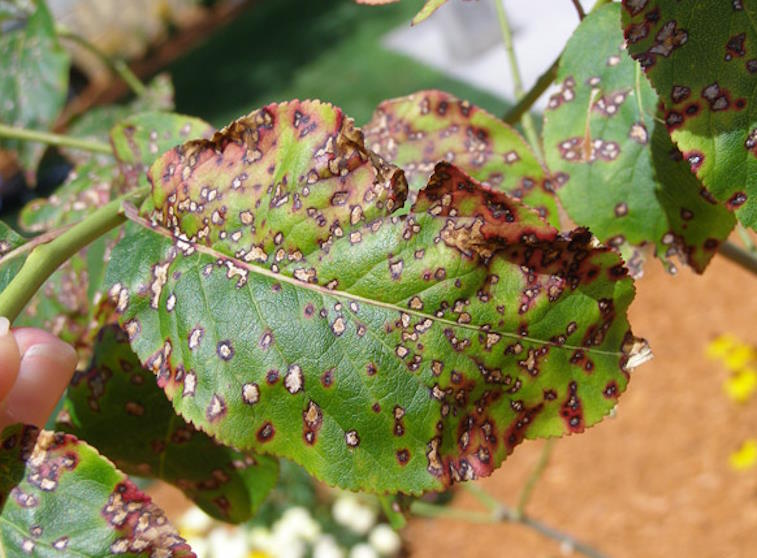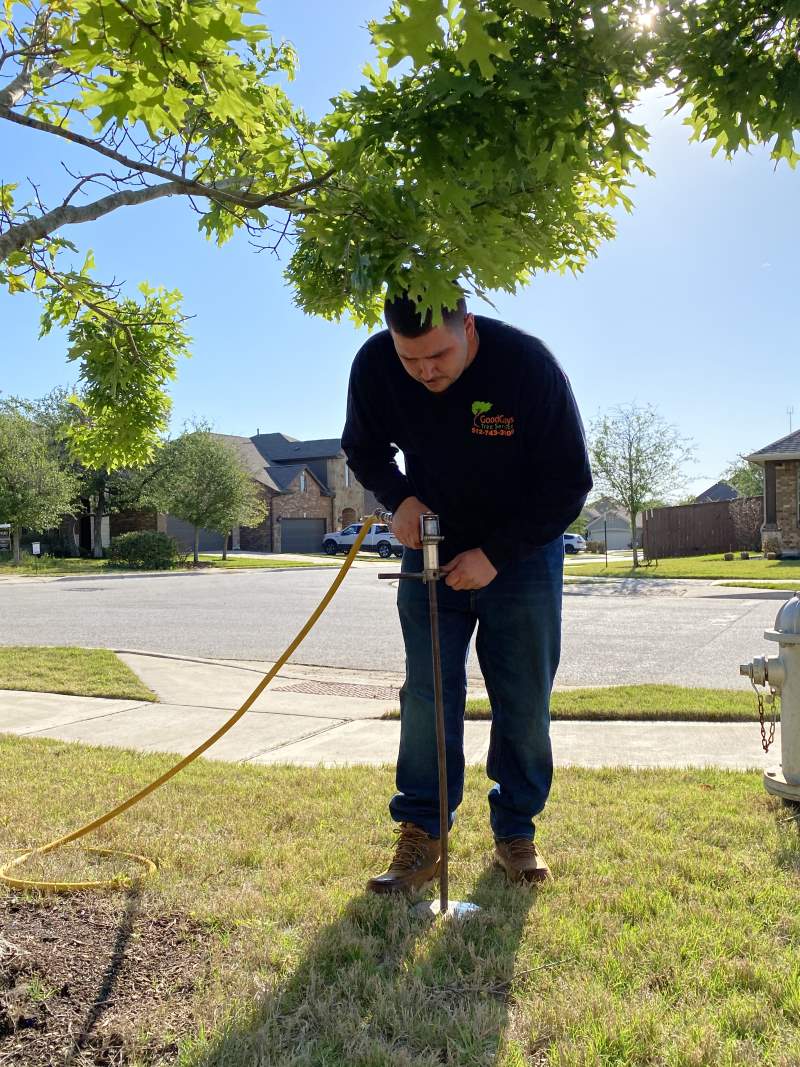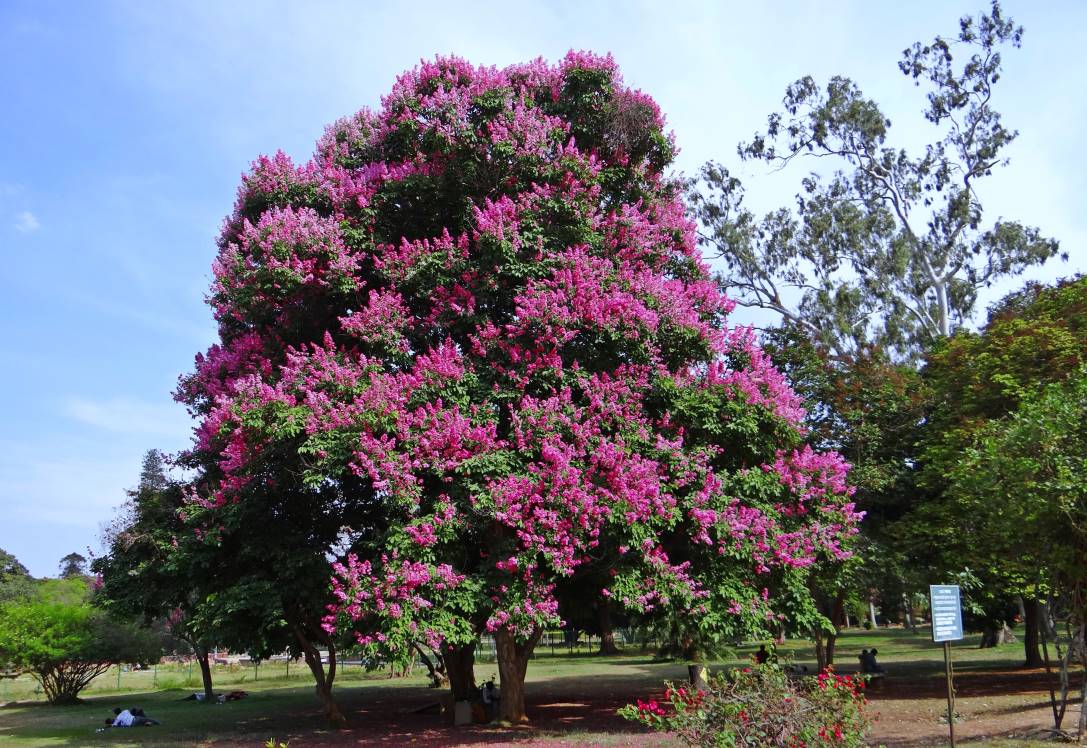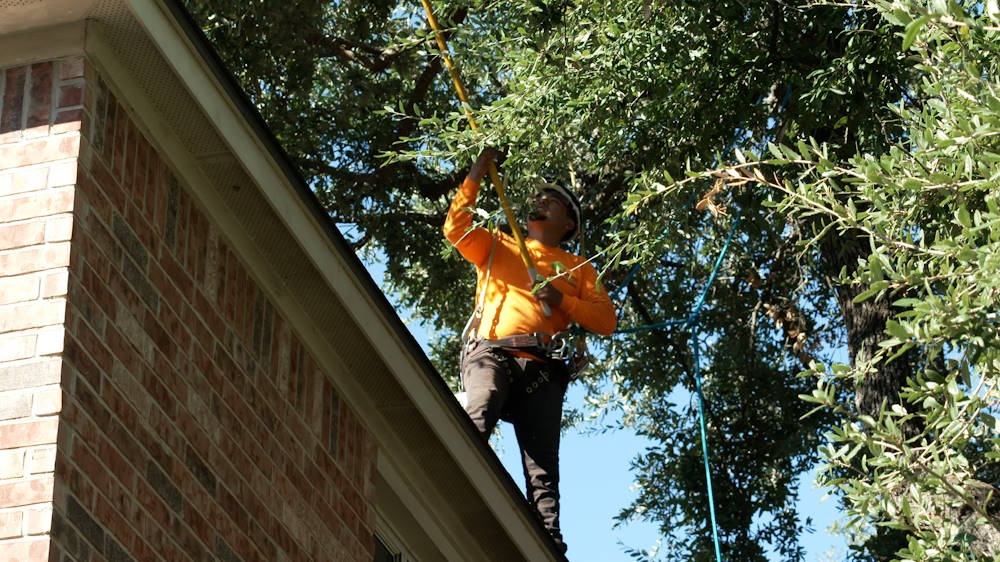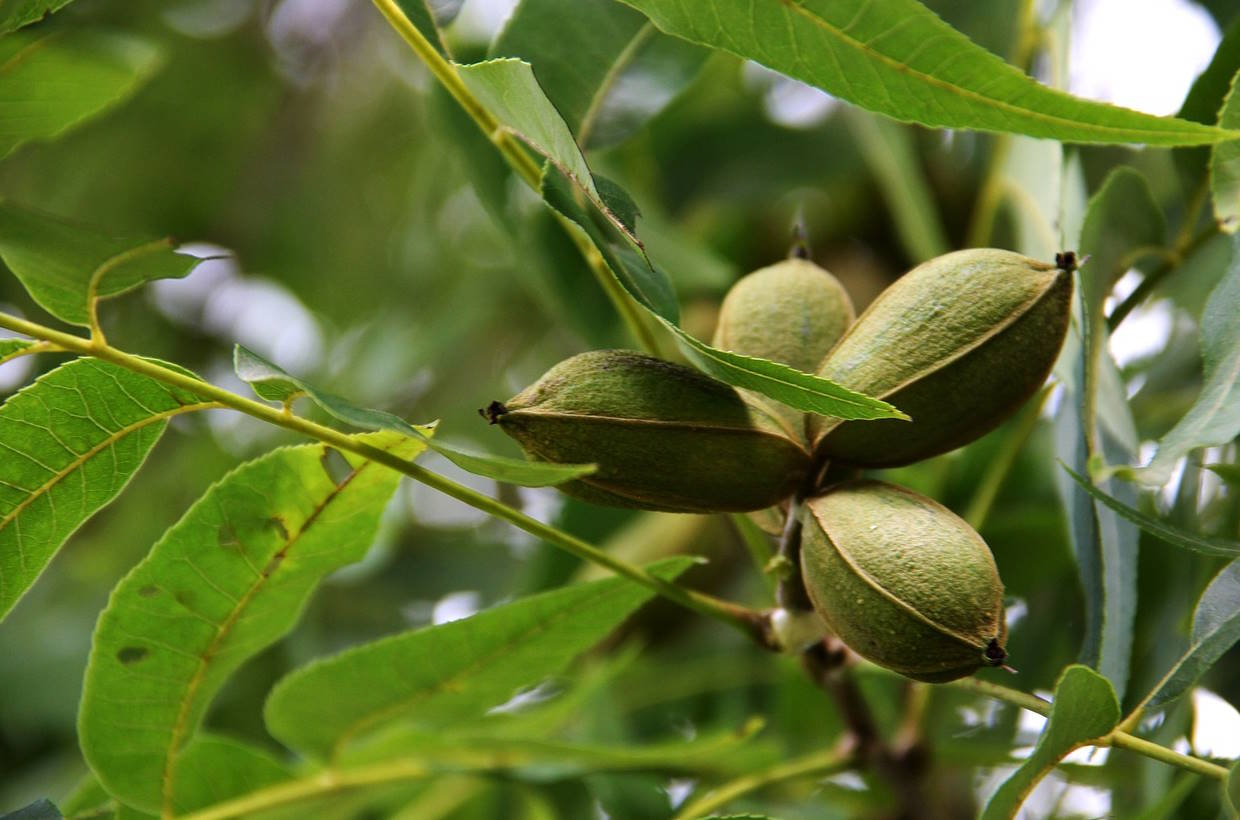Central Texas is home to some of the most beautiful trees in the country. From the towering live oak to the vibrant cedar elm, we’re blessed with a wonderful array of trees throughout our landscapes.
Of course, the hot and dry weather here does mean that our trees need to be quite hardy to survive. Thankfully, the trees found throughout central Texas are made of strong stuff, while we can also help them along the way with regular watering, pruning, and fertilizing.
That said, all trees are susceptible to infection, including various types of foliage disorders. These disorders can cause all kinds of health problems for our beloved trees, even killing them entirely in some instances.
So, it helps to know some of the more common foliage disorders in central Texas so you can act fast if your trees get infected.
What Causes a Foliage Disorder?
There are various causes of foliage disorders, including bacteria and viruses, although most of the time it is caused by a type of fungi.
While foliage diseases are common, it’s still a nightmare when your own trees become infected, especially those that you’ve spent years caring for.
In most instances, these fungal diseases are carried and spread by pests like insects and parasites. As the name suggests, a foliage disease affects the leaves of trees, causing various problems such as leaf spots, scorching, wilting etc.
Common Foliage Disorders Found in Central Texas
Let’s take a closer look at some of the most common foliage disorders found in central Texas:
Oak Wilt
Unsurprisingly, the number one foliage disorder in central Texas is oak wilt. The disease effects live oaks, causing the foliage to wilt and eventually die. It’s a huge problem that’s killed countless trees throughout the region.
Oak wilt is a fungal infection spread by small beetles attracted to sap that live oak produce from open wounds. Therefore, it’s best to avoid pruning from February to June, which is when the beetles are active.
So, be sure to check for signs of wilting or dying leaves on sections of your oak trees – it could be a sign of oak wilt.
Bacterial Leaf Scorch
A common bacterial disease that affects various species including red oaks, red buds, and various fruit trees, leaf scorch occurs during the hot summers in Texas.
As the name suggests, the disease scorches the ends of leaves, yellowing the foliage until it eventually dies. Leaf scorch can also cause branches to die, so it’s important to treat quickly to minimize its impact.
Sadly, leaves already infected cannot be saved, but treatment can prevent newer growth from being infected.
Chlorosis
Chlorosis is simply a yellowing of leaves due to a lack of chlorophyll, which gives leaves their vibrant green color. As a common foliage disorder, there are many causes of chlorosis, although here in central Texas is typically environmental factors.
For example, the soil in the Austin region has high limestone content, resulting in high alkaline levels. Too much alkaline can make it difficult for some trees to absorb essential nutrients like iron and zinc.
It’s easy to spot chlorosis – leaves become bleached and yellow when they should normally be a vibrant green.
Hypoxylon Canker
Hypoxylon canker is a fungal disease that infects various oak trees throughout central Texas during peak drought season. Because trees are already under stress due to drought, they’re at a higher risk of the infection, so it helps to keep your trees well-watered to avoid this infection.
The disease is incurable, causes leaves to die and fall from the tree, while blackening the bark with unsightly spores.
Are your trees suffering from a foliage disorder in central Texas? Then contact Good Guys Tree Service today for fast and effective treatment! We can identify all common leaf disorders and provide suitable solutions where possible.



